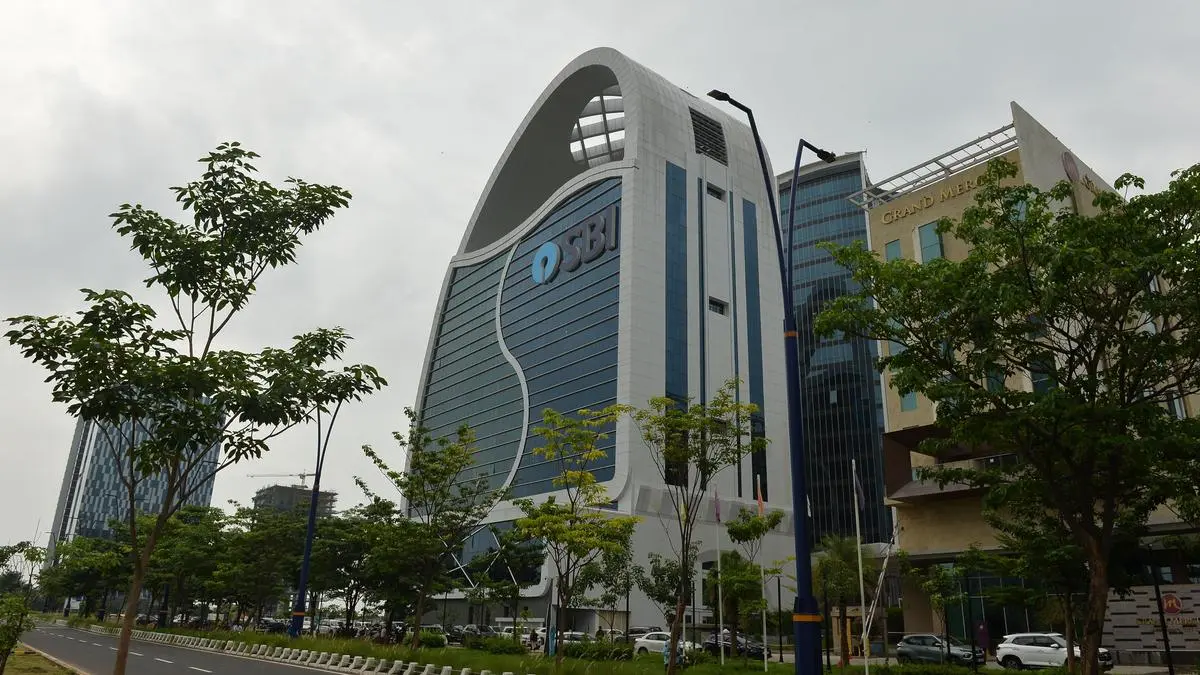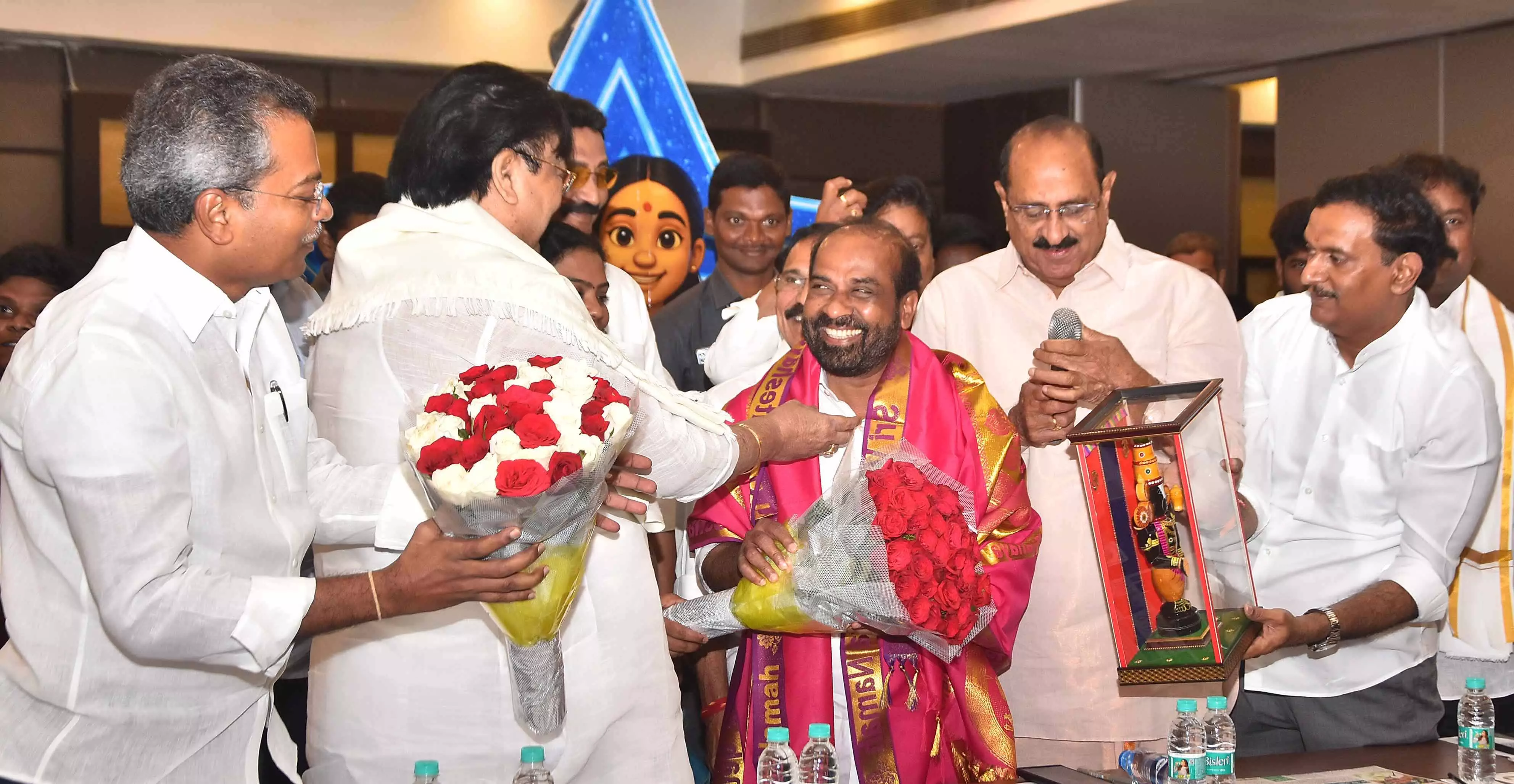
India’s GIFT City, despite its promise of international-standard regulation and tax incentives, has not scaled to the level of Dubai, Singapore, or Hong Kong in attracting global capital. By contrast, GIFT City suffers from limited global linkages, slower regulatory processes, weak lifestyle appeal for expatriates, and ambiguity in treaty usability. The issue becomes sharper given India’s paradox: while foreign investment inflows rise, nearly 99 per cent ultimately flows outward as Indian companies invest abroad to secure critical resources, supply chains, and markets.
Compounding this, 5,000–8,000 millionaires leave India annually. Let us decode some of those key issues and way forward.
The challenge lies not in intent but in execution: while India offers concessional tax regimes in GIFT, policy volatility and regulatory uncertainty continue to erode investor trust. More specifically, rules around exemptions, repatriation, or forex clearances often shift unpredictably, unlike Dubai or Singapore, where concessions have remained far more liberal and consistent for decades.
Network factor
Moreover, tax structures add to the complexity: although GIFT units enjoy incentives, personnel, service providers, and investors are still subject to India’s broader tax regime. Ambiguity on treaty applicability further limits IFSC’s usability. Beyond tax, ecosystems define competitiveness. Global investors seek not only arbitrage but clusters of law firms, custodians, fund administrators, and trustees, sectors that Cayman Islands, Luxembourg, and Dubai have cultivated. GIFT, still perceived as a developing zone, has attracted around 580 registered entities (2024), but lacks the density of global names that generate network advantages.
Talent and lifestyle considerations also play a decisive role. International finance professionals gravitate to hubs offering cosmopolitan ecosystems, global schools, cultural vibrancy, and strong connectivity. Singapore ranked the world’s third most competitive financial centre in 2023, and Dubai, which saw a 62 per cent rise in family office registrations between 2018-2023, thrive in this respect. By contrast, Gandhinagar’s limited expatriate infrastructure and modest cultural ecosystem deter long-term relocation.
Meanwhile, global regulatory shifts — OECD’s BEPS and the Global Minimum Tax (Pillar Two) — mean pure tax arbitrage is no longer sufficient. Successful hubs are repositioning with robust compliance and innovative products. GIFT too must highlight India’s comparative advantages: access to a $4 trillion economy, fintech potential, rupee-denominated products, and South-South trade connectivity.
The way forward:
Global capital is not just numbers on a balance sheet — it is inseparably tied to people, families, and networks. High-net-worth individuals, entrepreneurs, and financial professionals choose jurisdictions that ensure not only tax advantages but also premier living infrastructure, elite education, cultural vibrancy, safety, connectivity, and entertainment ecosystems.
India’s policymakers must recognise that in today’s competitive landscape, capital flows to comfort, certainty, and cosmopolitan ecosystems. A city that offers luxury housing, global schools, sports, clubs, healthcare, and leisure comparable to Dubai or Singapore will not just attract investments but also reverse India’s millionaire exodus. Without this, Indians with capital will continue to relocate, undermining domestic financial depth.
Instead of restricting itself to Gandhinagar, India should reimagine a mega financial hub in cosmopolitan, globally appealing locations like Daman-Diu, Goa, Puducherry, Araku Valley, or Mangaluru —destinations with natural beauty, global connectivity potential, and lifestyle advantages. Coupled with a transparent mega tax haven regime, strong treaty networks, and seamless operational ease, such a hub could serve both domestic capital retention and global capital attraction.
If India wants to finance its developmental needs through global financial integration, it must look beyond a “regulatory sandbox” approach and build an ecosystem where capital feels at home as ‘merchants have no country, they go, wherever is a business’. Hence, policymakers in India must be vigilant of welfare as a holistic priority, moving beyond poverty alleviation to ensure an inclusive framework that safeguards both the poor and the rich driving India’s developmental trajectory.
The writer is Professor/Head, IIFT, New Delhi. Views expressed are personal
Published on September 17, 2025



